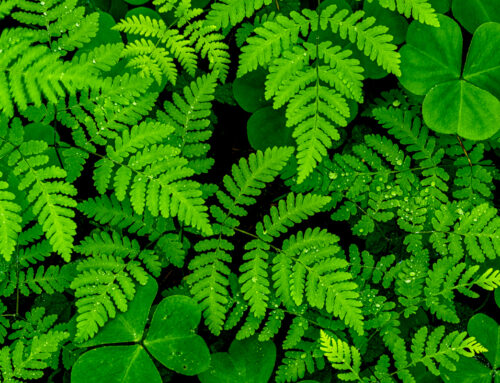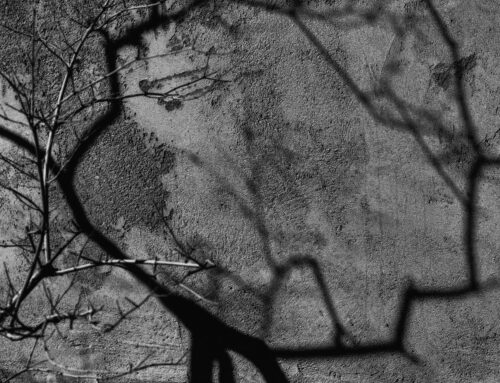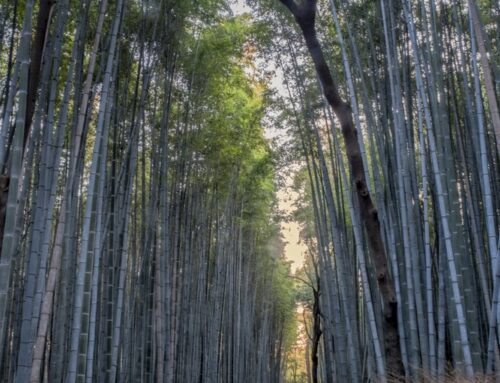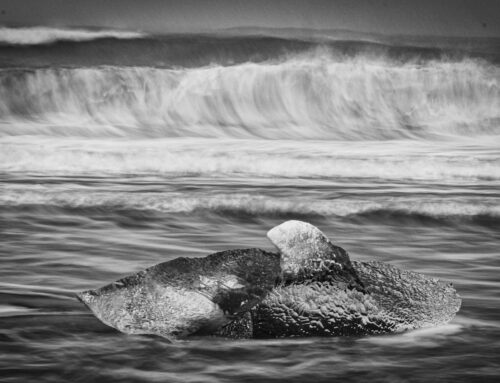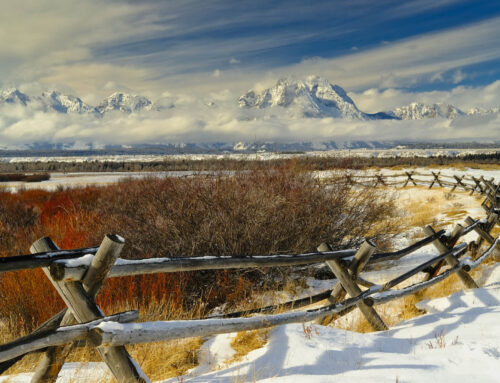Recently Bill Fortney published an article on his blog (CLICK HERE) about his 5 categories of image effectiveness. Bill and I reach a few workshops together and pretty much have the same view of image reviews and their importance. Almost without exception, workshop attendees tell me that the critique sessions were then most important part of their time with me(us). After reading Bills article, I remembered an essay I published in April of 2015 regarding image critiques. The following essay is a slightly rewritten essay of the original essay published on April 15th, 2015. I’ve added a few sentences. I believe this will clarify the importance of review our work and growing from that process.
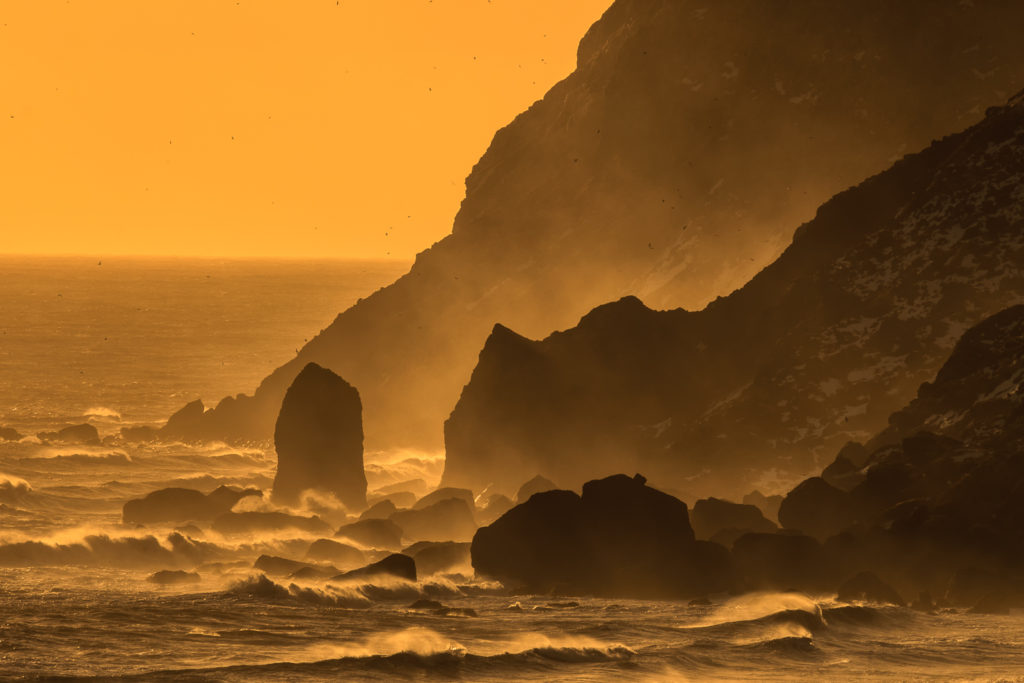 Before reading this essay, please understand that in my opinion, and that of many of my colleagues, you, the photographer, are the only one who must “like” the image. However, receiving input from others is an extremely important factor in your growth as an artist. To this day, I seek opinions of my fellow photographers and learn from their input. Please, never stop learning.
Before reading this essay, please understand that in my opinion, and that of many of my colleagues, you, the photographer, are the only one who must “like” the image. However, receiving input from others is an extremely important factor in your growth as an artist. To this day, I seek opinions of my fellow photographers and learn from their input. Please, never stop learning.
Having our work critiqued in order to know where we stand in terms of photographic development and how our viewers respond to our images is an integral part of developing our style and vision.
An image critique is certainly not about me or my knowledge of photography. It is about my workshop attendees, or the work of other photographers. My goal is to help another photographer improve his or her work. Reviewing and critiquing images is an integral part of my teaching and should be a major part of any photography workshop. Often, we will look at our work in a certain area, review what we photographed and comment on what was good and what could be improved. In many cases we’ll then return to the same area and see it with a different vision.
An image critique can take place in many contexts. These critiques are always part of my photography workshops. They are an important part of each workshop and meant to be constructive, not destructive. For my purposes this discussion will be based upon landscape, macro, wildlife and photo art photography as opposed to “portrait” and “street” based photography, which I do not feel I am equipped to critique images.
There are two ways teachers critique images. They can make the attendee “feel good” and create that “warm and fuzzy feeling” or be honest and deliver information that will make each student gain invaluable input as well as deliver this information to the other students as well. I choose the latter.
First and foremost, critiquing an image is not criticizing the image. Criticizing an image is destructive while critiquing an image is productive. When critiquing an image, I look for strong points, a defined subject, what works and what doesn’t as well as the weak points of the image. When one criticizes an image a certain amount of personal feeling is involved, which is destructive.
When critiquing an image, I always consider composition, technical aspects, the feeling that is evoked, etc. A good review covers those items along with the esthetic and artistic nuances of the image.
I always try to address the technical and artistic aspects separately. Technical aspects include exposure, focus, depth of field, sharpness, exposure, how 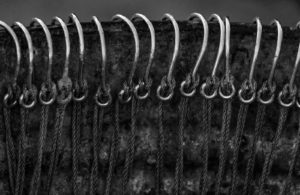 you processed the image if applicable, cropping, and more.
you processed the image if applicable, cropping, and more.
Artistic aspects include composition. Is there are defined subject and story? How did you used color or B & W. How did you handle the light? Is there some personal style in the image and more?
My review of an image is based on facts, not my personal opinions. Art is subjective. I will ask the photographer what he or she was thinking and trying to convey when making the image. Do you feel you were successful, and why? I might also say “This image is dark. I see you compensated minus 2/3’s of a stop. Why? Perhaps no compensation was needed here.” This is based on fact and if the photographer wanted to create a brighter, more acceptable image and didn’t, then there is something wrong with the image itself.
An example of an opinion-based critique is: ‘I don’t like the sky in this image so you might want to leave it out.” Perhaps the sky meant more to the photographer than to me, so this is a personal decision. I’ll always preface these comments with “In my opinion.” Personal taste of the photographer is important and not to be dismissed.
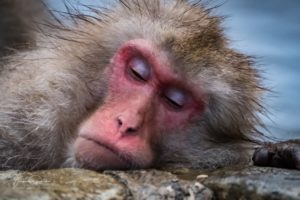 I always stress what works and what doesn’t both technically and artistically from my stand point. If It works for the photographer, great. Further I critique the work of a beginning photographer differently than that of a seasoned shooter. I take each attendee differently based on skill level. My goal is to use these critique sessions as a growth session for each attendee while offering ideas on how each person can take my input to go to the next level.
I always stress what works and what doesn’t both technically and artistically from my stand point. If It works for the photographer, great. Further I critique the work of a beginning photographer differently than that of a seasoned shooter. I take each attendee differently based on skill level. My goal is to use these critique sessions as a growth session for each attendee while offering ideas on how each person can take my input to go to the next level.
It helps if the attendees respond to criticism in a positive manner. Not all do.
Most of the time, one problem or conflict stands out more than others. I will always address that first. Most of the time there is something positive about the photograph. I always try to stress that. If not, I’ll be honest and say so. By pointing out the good parts of the image, the magnitude of the bad aspects is a bit less painful to absorb. I always try to offer constructive criticism and not discourage the photographer totally. For example, I might say” There is a conflict with lines and too much negative space in this image, however you really nailed the sharpness, exposure and depth of field wonderfully.” These are facts. I’ll then go on to offer a solution to the problems I see in the image and how to correct them.
Over many years of critiquing images, I have found that negative comments are more powerful than positive comments and linger on much longer. Again, I’ll offer solutions to the problems I see. Not all attendees take criticism the same. Some have their confidence and their self-esteem hurt. By trying to balance the positive aspects with the negative aspects I hope to provide a balance that serves everyone better. Remember, few images are totally bad.
I also offer my time at a future date to do another review either by phone or Skype. This is a good way to see if the attendee is progressing.
It is also important to learn to critique your own work. You should be your toughest critic. Adobe Lightroom™ and other processing software has a rating system for images. You can assign 3 stars, 4 stars etc. Why keep a 3-star image. If its not a five star I would recommend deleting it!
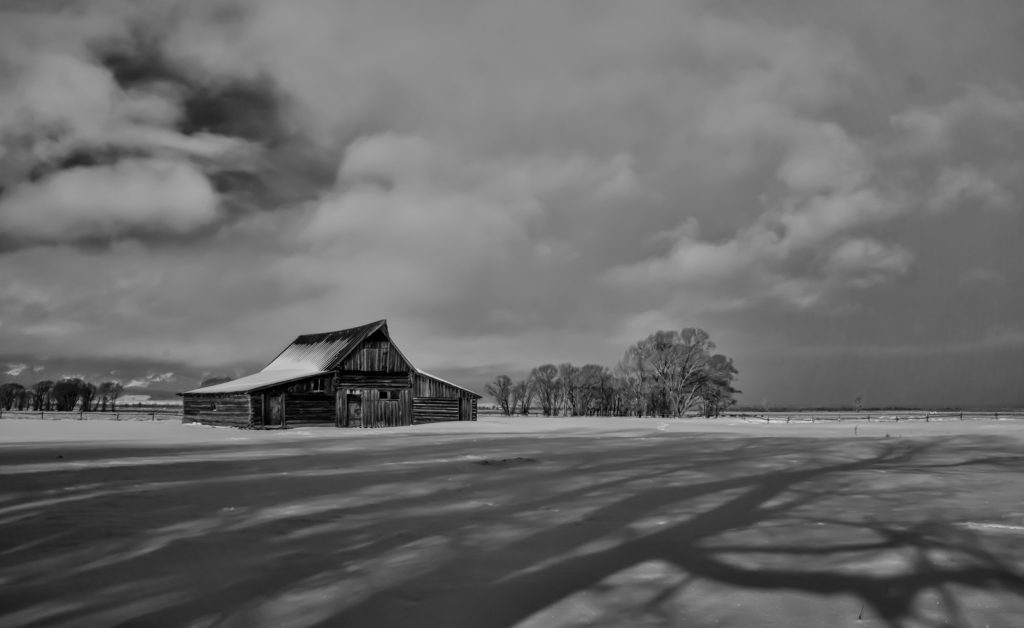 STYLE and VISION
STYLE and VISION
When reviewing images, I emphasis the importance of developing your style and your vision.
Developing vision and style does not just happen. It is a process that can take many years. Some never reach this point. It should not take a lifetime either. Vision and style must be apparent to your viewers, not just to you. When I hear Miles Davis play one line of music, I know it’s him. This is the highest compliment one can be paid. If your viewers cannot see vision and style in your images, it is simply not there, and your images are just another bunch of pretty pictures among millions of others. Making an image for the sake of showing just another pretty picture is futile. There are lots of pretty pictures, being an artist should be our goal.
BEWARE of the INTERNET. Is feedback on images you post on Facebook valuable? More often not for a lot of reasons. As a photographer you need and want to get noticed. “We like Likes”! What’s the best way to get “noticed”? This is an easy answer. Get good at what you do. Don’t worry about how many “likes” you get on Facebook. You need to be more than just another photographer in an ocean of photographers in today’s world. Work to develop a personal style and vision. Technique and processing trickery are not enough to get by on.

Text and Images ©Jack Graham and Jack Graham Photography. All Rights Reserved
All images made with FUJIFILM “X” Cameras and FUJINON Lenses


